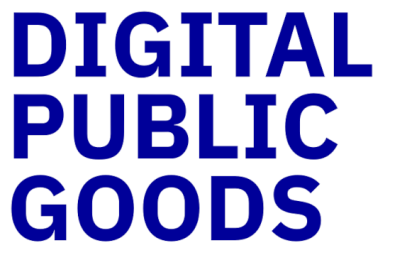Digital public goods are key to achieving sustainable development, especially for low and middle-income countries. The Digital Public Goods Alliance, endorsed by the UN Secretary-General's Roadmap for Digital Cooperation, is a multi-stakeholder initiative that promotes and facilitates the discovery, development, use, and investment in digital public goods. The importance of open-source software, open artificial intelligence, open data, free systems, and any other kind of digital content that is freely and openly available to the public is widely and internationally recognized.
Several Sustainable Development Goals, as well as the Sendai Framework for Disaster Risk Reduction 2015-2030 and the Paris Agreement call for public participation, greater access to information and digital technologies, and easily-accessible and up-to-date information. The increasing availability of open-access data and digital goods makes it possible for larger populations to benefit from their use, also in the areas of disaster prevention, disaster management, and disaster risk reduction.
A few examples include open-access data from government satellites (eg.: Landsat and Sentinel), free cloud-computing services (eg.: Google Earth Engine), and free systems for monitoring and forecasting disasters across the world (eg: GloFAS, Copernicus Emergency Management System). UN-SPIDER also contributes to promoting digital goods and information by creating, publishing and translating step-by-step procedures or "Recommended Practices" to create information products based on remote sensing to assess hazards worldwide.
The United Nations Office for Disaster Risk Reduction (UNDRR) and the Global Facility for Disaster Reduction and Recovery (GFDRR) recently published a briefing note on “Digital Public Goods for Disaster Risk Reduction in a Changing Climate”. This note aims to promote and present ways in which open-source public goods can support the process of disaster risk reduction, prevent new and reduce existing disaster risks, and address the aspects of resilience and climate change adaptation. As mentioned in the briefing note, this includes:
- Data used to produce evidence on past disasters or climate conditions
- Models used by scientists to run future climate risk scenarios
- Technology and standards for disaster risk modelling
- Crowdsourced maps created by volunteers and used by governments to repave for and respond to crises.
To read more on the briefing note from UNDRR and GFDRR, click here.
To read more on the use of free-satellite data, click here.
To read more on the Recommended Practices developed by UN-SPIDER and its Regional Support Offices, click here.
Reference and image from: World Bank. 2022. Digital Public Goods for Disaster Risk Reduction in a Changing Climate.

